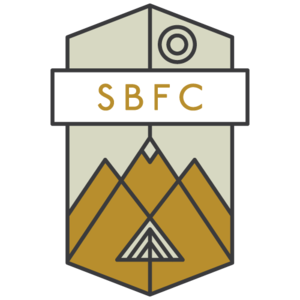Karlissa Skinner
Lead Wilderness Steward
Season Summary
Bitterroot National Forest | Selway – Bitteroot Wilderness
Somehow it’s already the end of September and the trail work season has come to an end for SBFC. It was not without its challenges, but ultimately my summer in the Bitterroot offered me opportunities beyond what I ever could have imagined when I started in May. From blizzards to heat waves to encroaching forest fires and everything in between, from working closely with ten people to working completely alone, this summer was full of surprises and excitement. Trail work has helped me realize that even during the most difficult (some might even say miserable) moments in the backcountry, I find myself more at peace than I have ever felt in the city. These moments allow me to practice gratitude for the rugged beauty and ecological integrity of Wilderness.
So, yes, I am grateful that my crew and I got caught in a June blizzard during our first hitch of the season and spent 17 hours straight hunkered down in our tents. Because in the morning we drank coffee in the sun on the snowy shores of an alpine lake.
A very slippery and precarious creek crossing on Sweeney Creek Trail.
I’m grateful for the steep slopes that brought tears, scratches, and bruises. Because then I had to slow down and appreciate the beauty around me.
Tea I made from plants foraged on Mill Creek Trail: thimbleberry leaves, raspberry leaves, yarrow, rosehips, pin cherries, huckleberries, serviceberries.
I’m grateful for the mosquitos and biting flies driving me to the brink of insanity. Because I woke early to the songs of birds, to sunrises reflected in lakes and waterfalls.
Waterfall sunrise at Little Rock Creek Lake.
I’m grateful for the bear who visited my camp when I was alone in my tent on a solo hitch, miles away from any other person or shelter that might make me feel safe. Because I felt like I belonged, like I was truly at home just as any other being is in the woods.
Fall colors along Boulder Lake Trail.
These moments remind me that we are still at the mercy of nature, that the Wilderness is still wild. And it is this tenacious wildness that fills me with gratitude.
KARLISSA SKINNER, BITTERROOT NF LEAD WILDERNESS STEWARD
Karlissa spent her summers hiking and camping around Helena, Montana. Her conservation corps experience doing trail work and living in the Frank Church-River of No Return Wilderness helped her to discover her love for the natural world and wilderness conservation. Karlissa is an avid rock climber, backpacker, and river rafter.












































